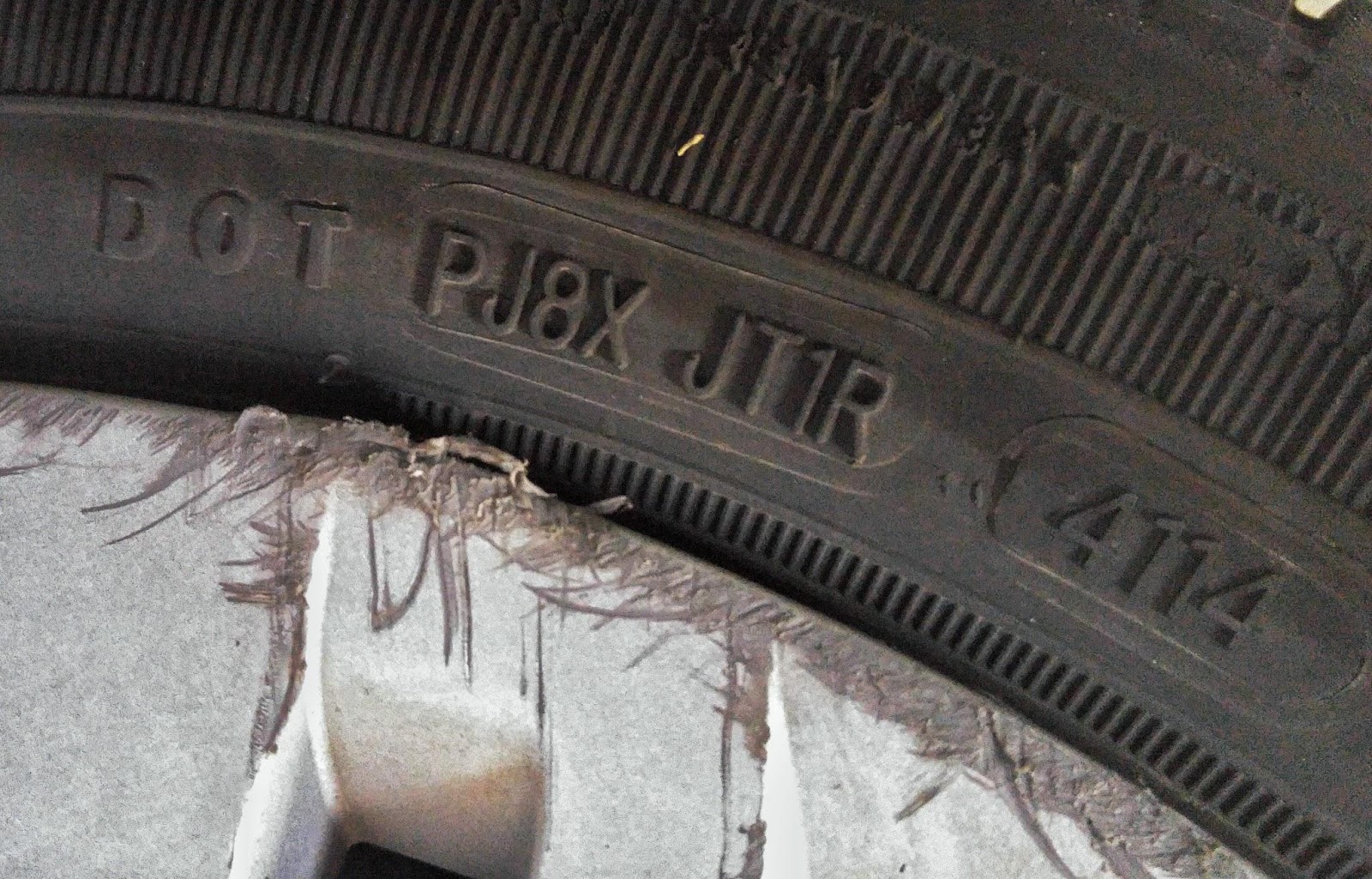Most people determine a tire’s age by one factor: the tread wear. They stick a penny in the tread to check for Abe Lincoln’s eye, and when they don’t see it, they think their tires are good enough for a cross-country road trip. But while it is important to have good tread life all year round, it is not the only factor to consider when determining the lifespan of your tire. Rubber ages by itself, and if your tires are too old, they may be unsafe to use. But determining the age of your tires is as easy as reading a number. Here’s how it works:
Though there are many differing guidelines on when tires age out of their safe operating window, most experts agree that the cutoff should be six years. Once your tire is older than that, it can be unsafe to use.
An older set of tires could have compromised handling and loss of traction. Another risk is delamination. This occurs when the outer portion of the tire, containing the tread, detaches from the inner portion. This can be extremely dangerous, especially at high speeds. Not only does the tire suddenly lose most of its traction, the loose rubber can fling itself into the air, coming into contact with another driver. The loose rubber can also damage your own car.
So how does this occur? As an organic compound, rubber breaks down over time, and though manufacturers add chemicals to slow this process, time eventually takes its toll. Like a rubber band or bungee cord left stretched out, an inflated tire will eventually dry out and start to crack.
If you see cracks in your tires, even if they have plenty of tread left, it’s time to replace them. But tires can age without cracking, too, so a visual inspection isn’t always enough. Most tires never get to this point. In service on daily drivers, the majority of tires wear their tread away and are replaced before the rubber breaks down.
But if you have a secondary vehicle or hobby car that you don’t drive as often, or if you don’t drive many miles a day, full tread could create the illusion that the tire is fine, while it is actually too old to safely operate.
So how can you determine a tire’s age? It’s actually printed right on the sidewall.
All tires are required by the DOT to be branded with identification numbers. These numbers contain information about the batch in which the tires were manufactured, including the date.
To find it, pick a tire and look for the letters “DOT.” This will be followed by a series of letters and numbers, making up the Tire Identification Number, or TIN. Most tires have the complete TIN on both sidewalls, but some only have it on one side. The last four numbers in this sequence indicate the date. Let’s look at this example:

The last four numbers are 4114. The first two numbers indicate the week of the year that the tire was manufactured, and the last two indicate the year. 41 is the 41st week of the year, in early October, and 14 is the year, 2014.
It’s that simple. So do some quick math, and if your tires are more than six years old, even if you have plenty of tread left, give Zohr a call or text us at 816-800-9175. We will not only deliver your tires, we will replace them right there at your home or office.
 Are Your Tires Rain Ready? | Zohr
Are Your Tires Rain Ready? | Zohr
